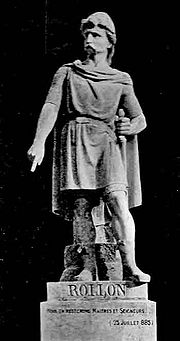Baron Longford Baron Annaly - Feudal Barons


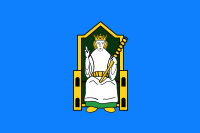
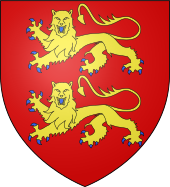
Viking Ireland - The Norse Invasions and LongfortsThe name Longford is an Anglicization of the Irish Longphort , from long (meaning "ship") and port (meaning "port" or "dock"). This name was applied to many Irish settlements of Viking origin and eventually came to mean fort or camp in the Irish language, and so Longfort the modern Irish spelling, is the name of this town, which was one of the only Gaelic Irish market towns to arise without first being founded by Vikings or Normans. Viking IrelandThe Vikings pillaged monasteries on Ireland's west coast in 795, and then spread out to cover the rest of the coastline. The north and east of the island were most affected. During the first 40 years, the raids were conducted by small, mobile Viking groups. By 830, the groups consisted of large fleets of Viking ships. From 840, the Vikings began establishing permanent bases at the coasts. Dublin was the most significant settlement in the long term. The Irish became accustomed to the Viking presence. In some cases, they became allies and married each other.
In 832, a Viking fleet of about 120 invaded kingdoms on Ireland's northern and eastern coasts. Some believe that the increased number of invaders coincided with Scandinavian leaders' desires to control the profitable raids on the western shores of Ireland. During the mid-830s, raids began to push deeper into Ireland, as opposed to just touching the coasts. Navigable waterways made this deeper penetration possible. After 840, the Vikings had several bases in strategic locations dispersed throughout Ireland. In 838, a small Viking fleet entered the River Liffey in eastern Ireland. The Vikings set up a base, which the Irish called a longphort. This longphort eventually became Dublin. After this interaction, the Irish experienced Viking forces for about 40 years. The Vikings also established longphorts in Cork, Limerick, Waterford, and Wexford. The Vikings could sail through on the main river and branch off into different areas of the country.
Norwegian Vikings and other Scandinavians conducted extensive raids in Ireland. They founded Limerick in 812, then established Waterford in 853, founded the only Viking capital city in the world outside the Nordic countries in Dublin, and founded trading ports in Cork in the 9th century. Predominantly Norwegians, and to a smaller extent other Scandinavians, settled down and intermixed with the Irish. Literature, crafts, and decorative styles in Ireland and Britain reflected West Norse culture. Vikings traded at Irish markets in Dublin and solidified Dublin as an important city. Excavations found imported fabrics from England, Byzantium, Persia, and central Asia. Dublin became so crowded by the 11th century that houses were constructed outside the town walls.
One of the last major battles involving Vikings was the Battle of Clontarf on 23 April 1014, in which Vikings fought both for the Irish over-king Brian Boru's army and for the Viking-led army opposing him. Irish and Viking literature depict the Battle of Clontarf as a gathering of this world and the supernatural, including witches, goblins, and demons. A Viking poem portrays the environment as strongly pagan, with chanting Valkyries deciding who would live and who would die. Rollo was a Viking leader and invader who was created the first Duke of Normandy Rollo or Gaange Rolf; (Norman: Rou; Old Norse: Hrólfr; French: Rollon; c. 846 – c. 930 AD) was a Viking who became the first ruler of Normandy, a major region of France which includes the Channel Islands. Rollo was initially the conquerer and Chief of all
Normandy and Islands, but by the so called
|
Lords Paramount Ireland About Longford Market & Fair Chief Captain Kings Forces Lord of the Pale Commissioners of the Peace Tenures Abolition Act 1662 - Rights to Sit in Parliament Law of Ireland Chief and Captainship of The Annaly List of Townlands of Longford Annaly The Seigneur English Pale Chief of the Annaly Lord of St. Brigit's Longford Abbey Est. 1578 Kings of Hy Niall Colmanians Seneschal of Meath Court Barons News Irish Kingdoms Lordships of Granard Fishing & Dams Rights Rights of Lords & Barons Datuk Seri Baliwick of Ennerdale Moneylagen Feudal Barons Styles and Dignities Lord Baron Longford Baron de Delvyn Longford Map Lord Baron of Delvin Baron of Temple-Michael Baron of Annaly Kingdom Annaly Lord Conmaicne Baron Annaly Order of Saint Patrick Baron Lerha Granard Baron AbbeyLara Baronies of Longford Princes of Conmhaícne Angaile or Muintir Angaile Baron Lisnanagh or Lissaghanedan Baron Moyashel Moiety of Ardagh Baron Rathline Abbeys of Longford Grants to Delvin Baron Inchcleraun HOLY ISLAND Quaker Island Longoford CO Abbey of All Saints Hereditaments Kingdom of Uí Maine Baron Dungannon Baron Monilagan - Babington Lord Liserdawle Castle Baron Columbkille Kingdom of Breifne or Breny Baron Kilthorne Baron Granarde Count of Killasonna Baron Skryne Baron Cairbre-Gabhra AbbeyShrule Fiefs of the Islands Feudal Westmeath The Island Lords Fief Worship Channel Island History Fief Blondel Fief Blondel Merchandise Events Blondel and King Richard Fief Coin Feudal Guernsey Titles The Feudal System Flag & Arms Castle Site Map Disclaimer Blondel Myth Dictionary Honorable Colonel Mentz Order of St. Columba
Feudal Baron of Longford Annaly - Baron Longford Delvin Lord Baron &
Freiherr of Longford Annaly Feudal Barony Principality Count Kingdom of Meath - Feudal Lord of the Fief
Blondel of the Nordic Channel Islands Guernsey Est. 1179 George Mentz
Bio -
George Mentz Noble Title -
George Mentz Ambassador - Order of the Genet
Knighthood Feudalherr - Fief Blondel von der Nordischen
Insel Guernsey Est. 1179 * New York Gazette ®
- Magazine of Wall Street - George
Mentz - George
Mentz - Aspen Commission - Ennerdale - Stoborough - ESG
Commission - Ethnic Lives Matter
- Chartered Financial Manager -
George Mentz
Economist -
George Mentz Ambassador -
George Mentz - George Mentz Celebrity -
George Mentz Speaker - George Mentz Audio Books - George Mentz Courses - George Mentz Celebrity Speaker Wealth
Management -
Counselor George Mentz Esq. - Seigneur Feif Blondel - Lord Baron
Longford Annaly Westmeath
www.BaronLongford.com * www.FiefBlondel.com |
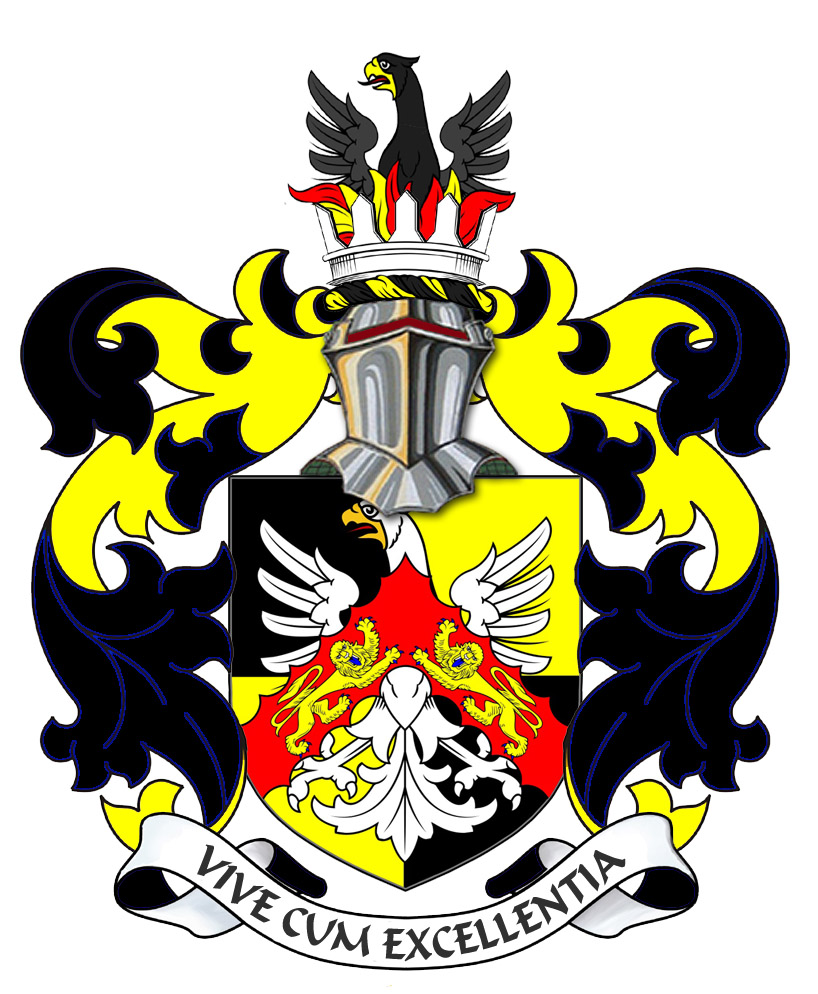

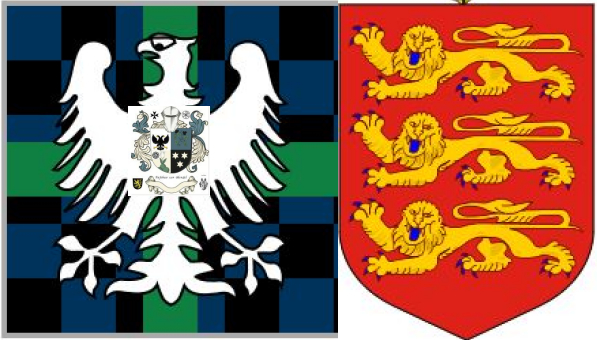

Commissioner George Mentz - George
Mentz Law Professor - George
Mentz Economist
George Mentz News -
George Mentz Illuminati Historian -
George Mentz Net Worth
The Globe and Mail George Mentz
Get Certifications in Finance and Banking to Have Career Growth | AP News
